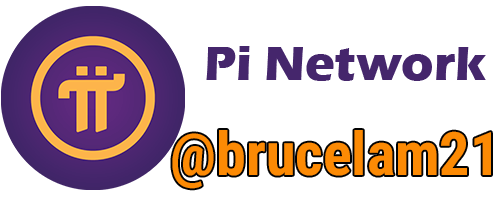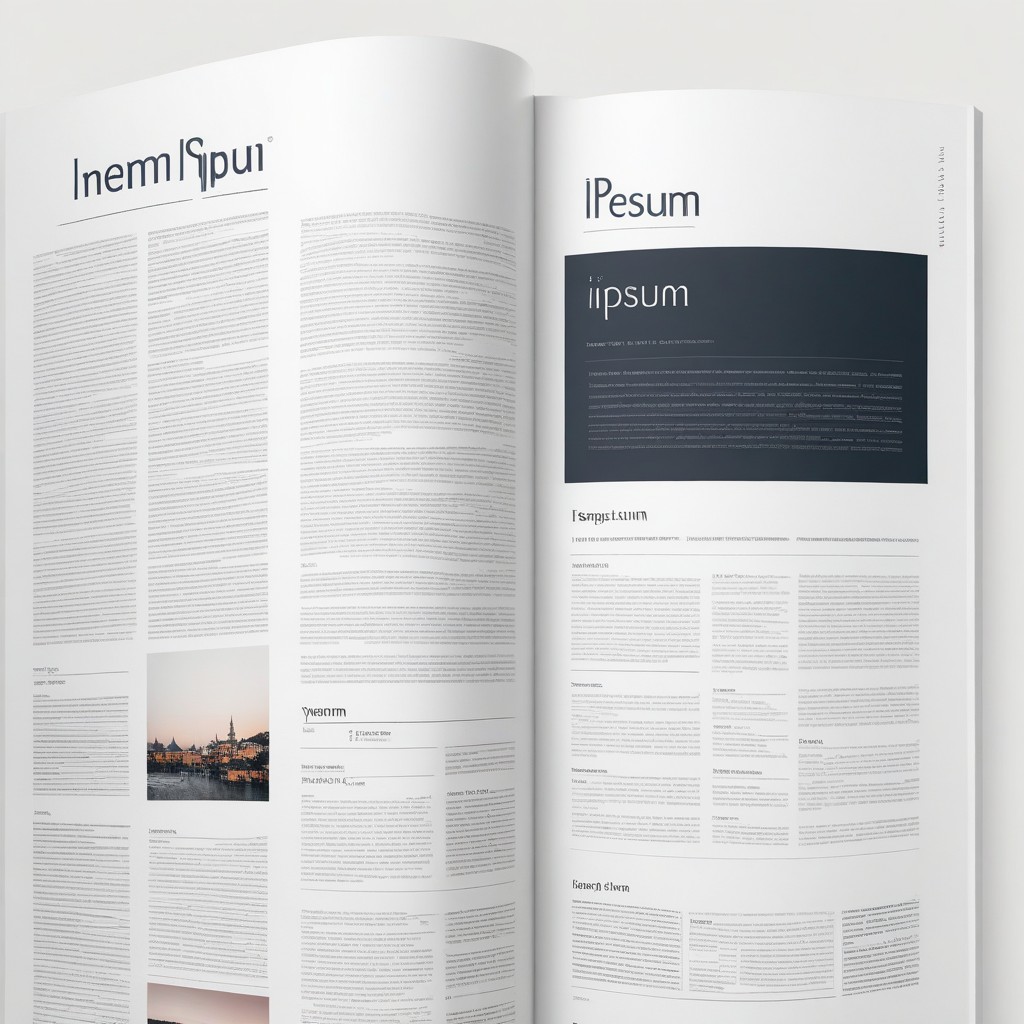
HTML Minifier
Optimize your website by minifying HTML. Our online tool makes it easy and free. Reduce size, improve speed, and boost SEO!
Streamline Your Web Development with the HTML Minifier Tool
Optimizing HTML code is a critical aspect of modern web development. An efficient way to achieve this is by using the HTML Minifier, a robust online tool designed to reduce the size of your HTML files without compromising functionality.
Why HTML Minification Matters
HTML minification refers to the process of removing unnecessary characters from HTML code without affecting its functionality. This includes spaces, line breaks, comments, and other redundant elements. The purpose of minification is to enhance website performance by reducing file sizes, which in turn decreases load times and bandwidth usage.
Minified HTML files load faster in browsers because they contain fewer bytes, resulting in a quicker rendering process. This is particularly beneficial for websites with high traffic or those aiming to deliver a seamless user experience on mobile devices, where bandwidth and processing power may be limited. Moreover, a faster-loading website can contribute positively to SEO rankings, making it more discoverable by search engines.
How to Use the HTML Minifier Tool
The HTML Minifier is designed to be user-friendly and efficient, making it accessible even for those with minimal technical expertise. Here’s a step-by-step guide on how to use this tool:
-
Enter the HTML Code: Begin by copying your HTML code that you want to minify. Navigate to the HTML Minifier tool and paste your HTML code into the input field provided. The tool supports all standard HTML structures, so you don’t need to worry about compatibility issues.
-
Press the ‘Minify’ Button: Once you have pasted your HTML code into the input field, click on the ‘Minify’ button. The tool will process your HTML code, stripping out unnecessary characters and whitespace, and condensing it into a more compact form.
-
Review and Use the Minified HTML: After minification, the tool will display the optimized HTML code. You can copy this minified version and use it in your project. The resulting code will be more concise and efficient, ready to be deployed or further integrated into your development workflow.
Benefits of Using HTML Minifier
1. Improved Load Times
Minified HTML files contribute significantly to faster page load times. Since they contain fewer characters, they download faster from the server to the user's browser, enhancing the overall speed of the website. This is especially crucial for users with slower internet connections or those accessing your site from mobile devices.
2. Reduced Bandwidth Consumption
By minimizing the size of HTML files, the amount of data transmitted between the server and the client is reduced. This helps in lowering bandwidth consumption, which is beneficial for both the hosting provider and the end users, especially in data-limited environments.
3. Better SEO Performance
Search engines favor websites that load quickly. By using the HTML Minifier, you can indirectly improve your website's SEO ranking. Faster-loading sites are often ranked higher in search engine results, making them more visible to potential visitors.
4. Enhanced User Experience
A site that loads quickly and performs efficiently provides a better user experience. Users are less likely to leave a website due to slow loading times, reducing bounce rates and increasing engagement.
5. Streamlined Code Management
Minification helps in maintaining cleaner and more manageable code. It removes all the unnecessary elements that might clutter your HTML files, making them easier to read and maintain. This is particularly useful for large-scale projects where managing code efficiency is essential.
Additional Features
The HTML Minifier is not just about reducing file size. It offers several additional features that enhance its usability:
-
Integration Capabilities: The tool can be integrated into various build processes, allowing for automated minification during deployment. This is ideal for developers who want to include minification as part of their continuous integration and delivery pipelines.
-
Customizable Options: Advanced users can customize the minification settings to include or exclude specific types of optimizations based on their needs. For example, they can choose to retain certain comments or adjust how whitespace is handled.
-
Compatibility: The tool is compatible with a wide range of HTML versions and standards, ensuring that it works seamlessly with modern web development practices.
Practical Tips for Using HTML Minifier
-
Always Backup Your Original Code: Before using the minifier, ensure that you have a backup of your original HTML code. This allows you to revert if any issues arise after minification.
-
Validate Minified Code: After minification, it’s good practice to validate the minified HTML to ensure that no essential parts of the code were unintentionally removed or altered. Tools like the W3C Markup Validation Service can be helpful for this purpose.
-
Combine with Other Optimization Techniques: For the best performance, combine HTML minification with other optimization techniques such as CSS and JavaScript minification, image compression, and leveraging browser caching.
Incorporating HTML minification into your development workflow using the HTML Minifier tool can lead to significant improvements in website performance and user satisfaction. Whether you are a seasoned developer or just starting, this tool simplifies the process of making your web pages more efficient and effective.









